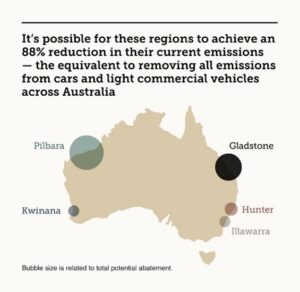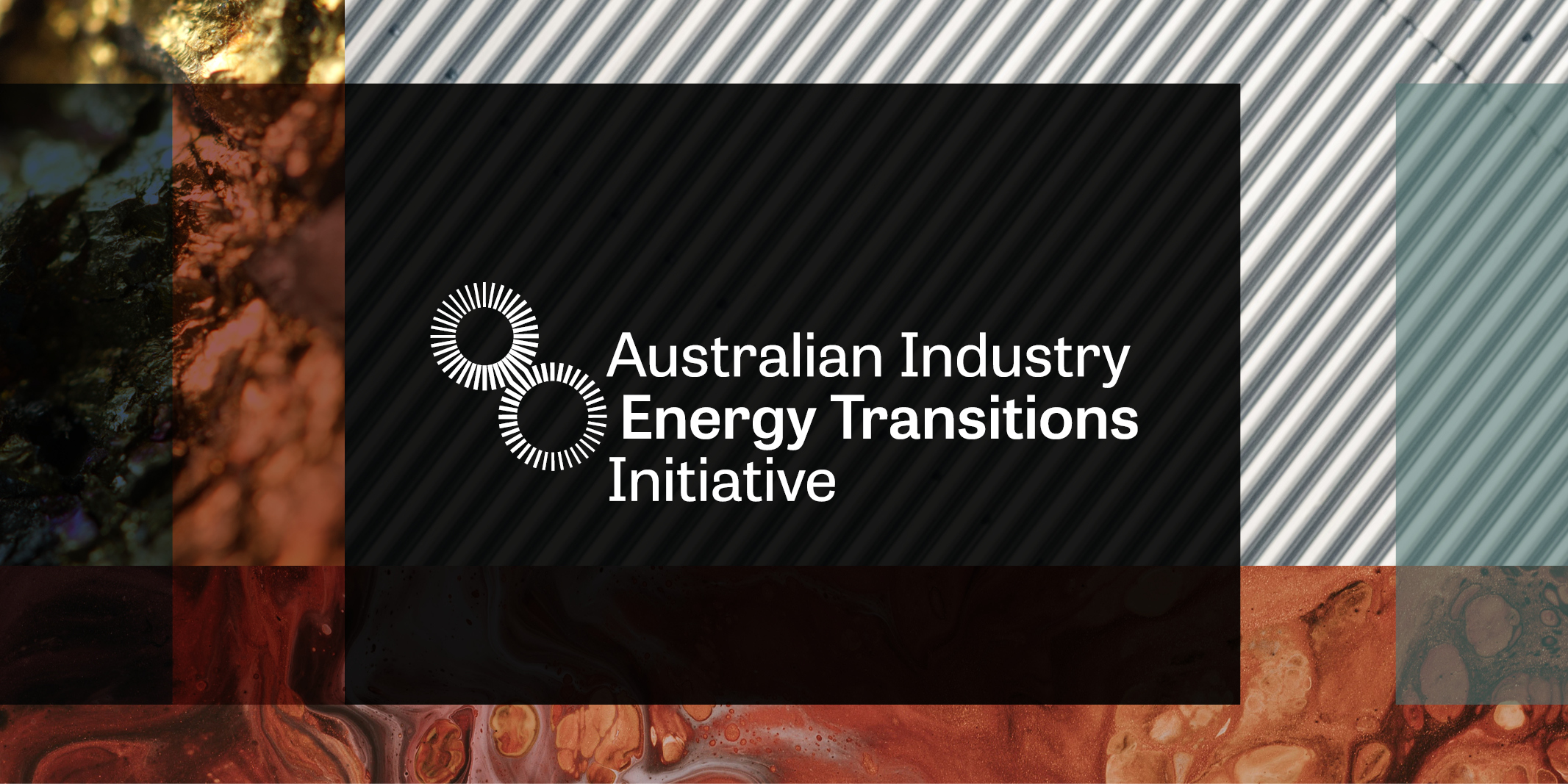Find out about the work from our programmes across the world. Today we hear from the Australian Industry Energy Transitions Initiative – a programme convened by Climateworks Centre and Climate-KIC Australia in collaboration with the Energy Transitions Commission.
The Australian Industry ETI has convened 18 industry partners – representing 30% of the market value of the ASX100 – to develop pathways and actions towards achieving net zero emissions in critical supply chains by 2050.
Climateworks Centre’s Kylie Turner, Program Impact Manager for the Australian Industry ETI, details how far the initiative has come since launch in 2020 and where to next.
Australian heavy industry contributes 42% of Australia’s annual emissions making decarbonisation of this sector critical to keeping Australia in line with achieving Paris Agreement goals. Since 2022, we have been working with industry partners across five key supply chains to develop evidence-based, decarbonisation pathways and implement on-the-ground projects to gain tangible lessons and build momentum.

Collectively, these supply chains are responsible for 17.2% of Australia’s gross domestic product, generate exports worth over A$220 billion each year, and directly employ an estimated 414,000 people. Understanding the decarbonisation pathway in these supply chains is material to accelerating Australia’s decarbonisation.
Global pressures, an increasing focus on environment, social and governance issues from financiers and corporations, and a desire to realise the opportunity of decarbonisation have prompted a significant gear change in Australian heavy industry’s action on decarbonisation. The scale of the decarbonisation challenge – thinking in terawatts of energy and storage and trillions in dollars – as well as the deep system transformations required has Australia’s engine room, heavy industry, innovating and embracing change.

The program has published two reports, Setting Industry up for Net Zero, which concluded that existing and emerging solutions can address almost all emissions in Australian Industry supply chains, and Setting up Industrial Regions for Net Zero. Our second report identified 70 MtCO2e of abatement potential in the key industrial regions of Pilbara, Kwinana, Hunter, Illawarra and Gladstone, in our five supply chains of focus. This represents an 88% reduction on current emissions: the equivalent of removing all emissions from cars and light commercial vehicles across Australia.
The Australian Industry ETI and research partners are finalising the techno-economic modelling of the energy system transition to understand what actions need to happen by when, to achieve heavy industry decarbonisation in line with 1.5℃. The modelling will build on the analysis of our previous reports as we work closely with industry partners to finalise our strategic pathways to net zero emissions, which will be shared in our final report this October.
The transitions required for Australia to decarbonise and remain competitive in a decarbonising global economy are complex by nature, requiring significant investment, leadership and transformation of the energy system. These steps should not be underestimated and whilst commitment from industry to the long-term transition has been a step forward, there will be significant short-term challenges to navigate in the decarbonisation of existing operations and associated infrastructure.
It’s been a massive and rewarding couple of years, and we thank our industry, research and knowledge partners, including the ETC, for their engagement and expertise which has helped shape this work. Watch this space, we can’t wait to share what decarbonised heavy industry looks like in Australia, when we publish pathways for industrial decarbonisation later this year.



